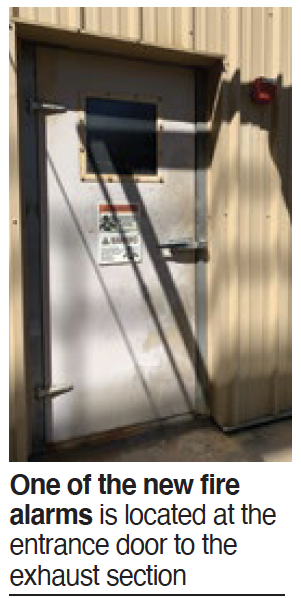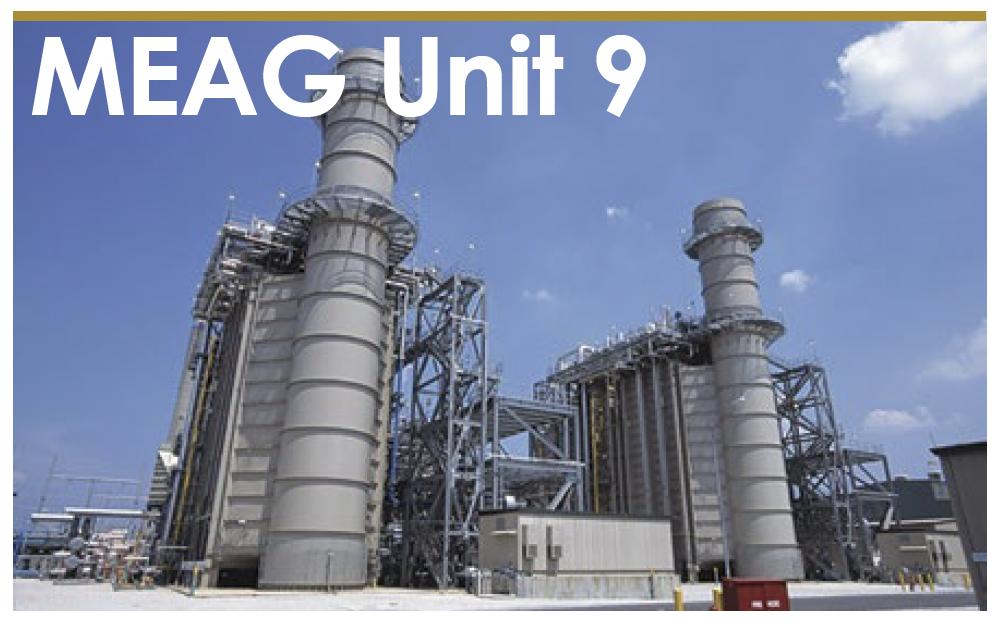Plant Wansley, MEAG Unit 9, Owned by MEAG Power, Operated by NAES Corp
570-MW, gas-fired, 7FA-powered 2 × 1 combined cycle located in Franklin, Ga
Plant manager: Timothy Williams
Bearing-tunnel fire alarms enhance personnel protection
Challenge. Assure a high level of fire safety for personnel working inside the gas-turbine exhaust enclosure.
NFPA-12 provides guidance for carbon-dioxide extinguishing systems typically specified for generating plants powered by gas turbines. The standard provides the minimum requirements for a system designed to flood the compartment with CO2, which does not support combustion, should a fire be detected.
plants powered by gas turbines. The standard provides the minimum requirements for a system designed to flood the compartment with CO2, which does not support combustion, should a fire be detected.
While an effective method for fire suppression, CO2 poses safety risks for human occupancy since working in a GT exhaust enclosure is not an unusual occurrence in the power industry.
There is the potential that an individual could be working inside the enclosure, unaware of a fire event, and could be a long distance from the nearest exit. Example: What if the CO2 vented out of the adjacent lube-oil drains and into the exhaust enclosure?
At MEAG Unit 9, as in most plants, mandatory signage is in place as a warning, but is that sufficient?
Solution. Staff decided an additional measure of protection was required since there were areas where CO2 could be present, but no visual or audible alarms were available.
Result. To correct this shortcoming, MEAG Unit 9 installed additional three-horn-and-strobe-light combination alarms at the following locations:
Near the bearing-compartment vent.
At the entrance door to the exhaust section (photo).
Inside the exhaust-section enclosure.
This now provides personnel working inside the enclosure immediate and effective notification of the danger in the unlikely event a fire were to occur in the compartment.
Project participant:
Jason Land




